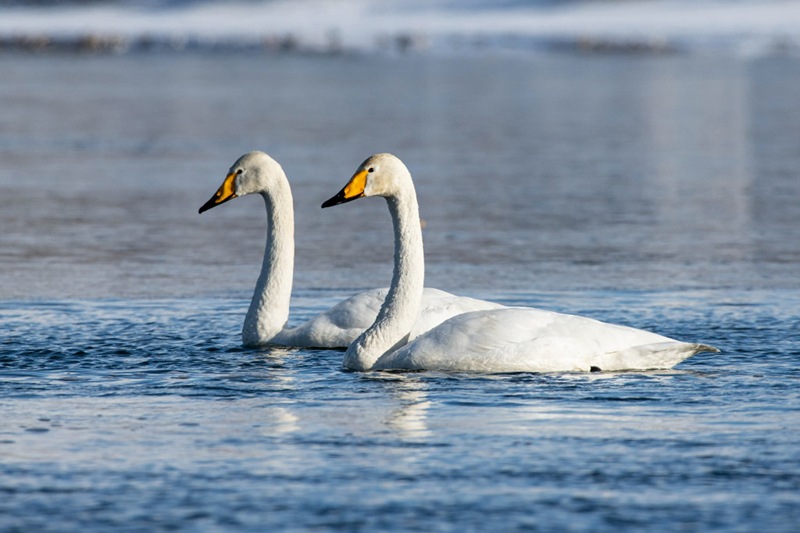Wetlands are the most important places where freshwater, waterfowl, and other birds nest, hibernate, and rest during spring and autumn migrations, depending on their habitats. Dmitry Pilipenko, Deputy Director for Science of the Kronotsky State Nature Reserve, an ornithologist, tells:

“As an example, we can take the Semyachik estuary in the Kronotsky Nature Reserve, which belongs to wetlands of international importance. Firstly, it is a place of mass flight of birds. In spring, for one account, you can count from 11 to 14 thousand marine blackheads there. As well as hundreds of river mallard ducks, pintail ducks, pigeons, and whistling teals. Killer whales (this duck is listed in the Red Book of the Russian Federation), whooping swans and other representatives of the order of geese are found on the estuary.
The presence of a large number of birds and fish attracts feathered predators to the Semyachik estuary, such as the white-shouldered eagle, white-tailed eagle, and osprey. Several pairs of white–shouldered eagles, the largest birds of prey in the Far East, and at least one pair of ospreys nest on its shore.
A unique wetland in the Koryak Nature Reserve is the Parapolsky Valley. Thousands of birds nest there and stop on the flights. Among them are such rare ones as the piskul and the eastern taiga hummingbird (Red Book of the Russian Federation), which nests in this place, their broods are periodically observed there.
Due to the remoteness and inaccessibility, there is not enough information about this part of the reserve. But even the one that exists indicates the exceptional importance of the territory for the protection of many bird species. In the summer of 2024, employees of the Bird Banding Center of the Severtsov Institute of Ecology and Evolution of the Russian Academy of Sciences conducted unique surveys of geese in Kamchatka using a light seaplane on the territory of the Parapolsky Valley. Extensive data is being processed.
Another large group of birds nesting in such biotopes are representatives of the order ploveriformes – sandpipers, gulls, terns.”